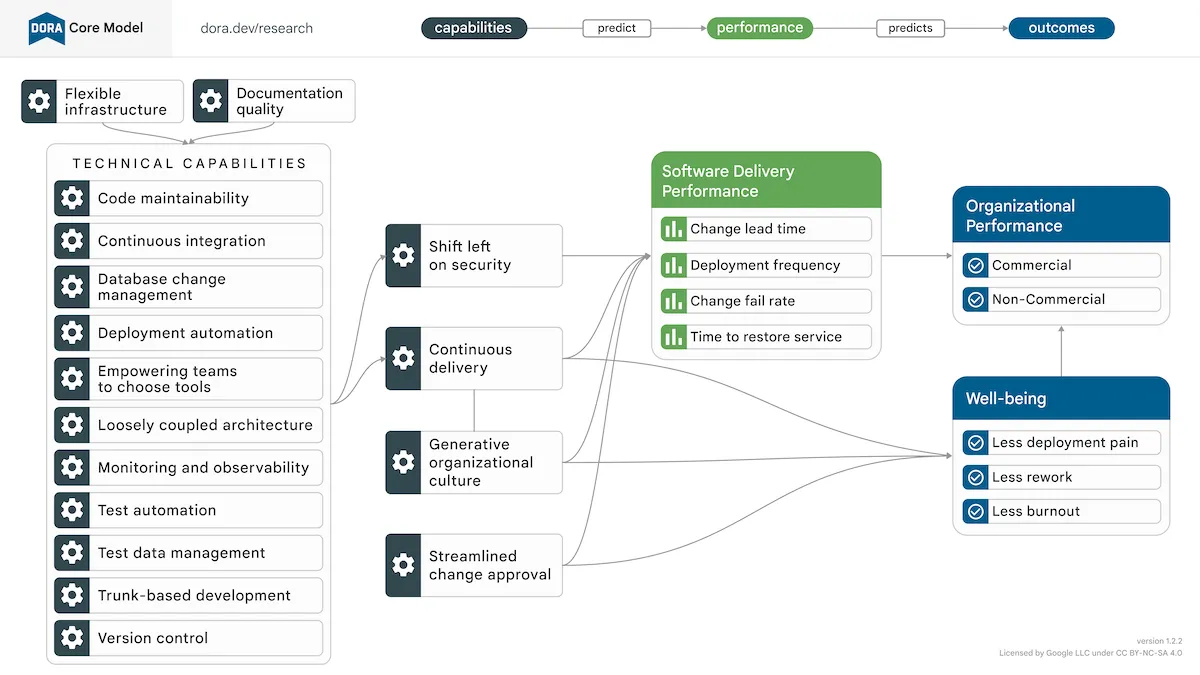DevOps with GenAI and PartyRock
How can generative AI be used to provide some insights into your development team's DevOps practices to improve on their software delivery and become a high-performing team?

They provide a quick check tool that's lets your team measure their software delivery performance and how they compare to various industry benchmarks.
- Better control of the foundational models used to generate the text, score and images
- It would be possible to incorporate an interactive AI avatar as the chat bot interface using something like Soul Machines which interact with Amazon Lex and Amazon Polly providing a much richer and human-like interactive experience.
- The ability to provide addition content to the foundational models through the use of embeddings would enhance the quality of the responses returned.
